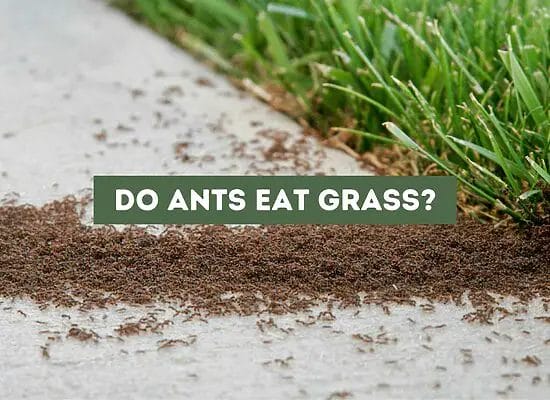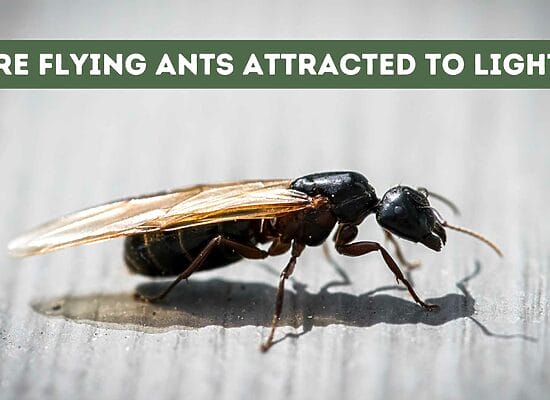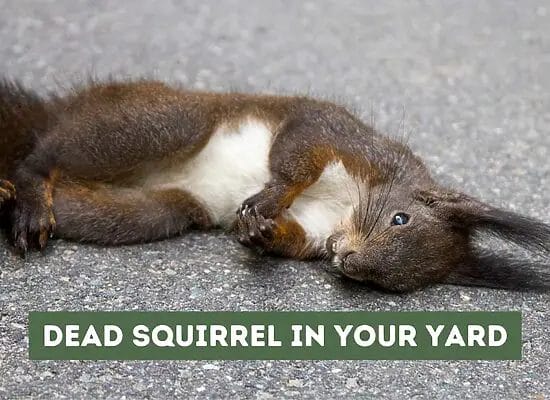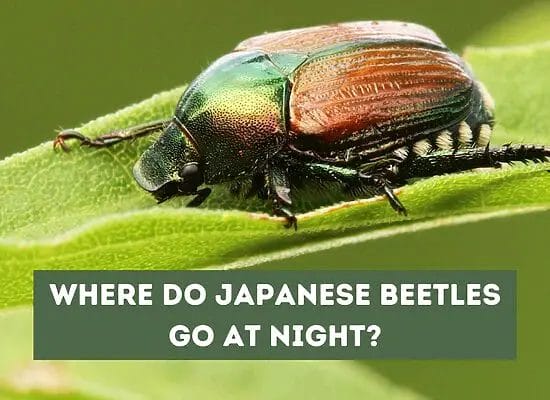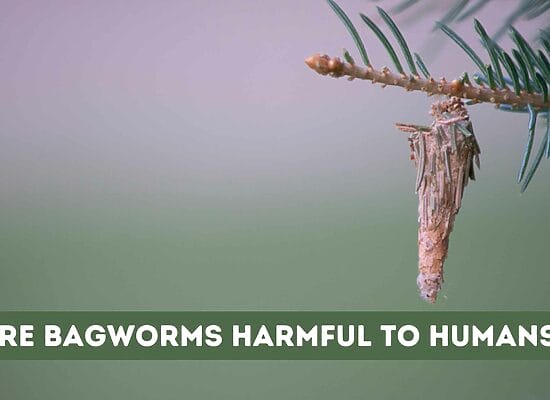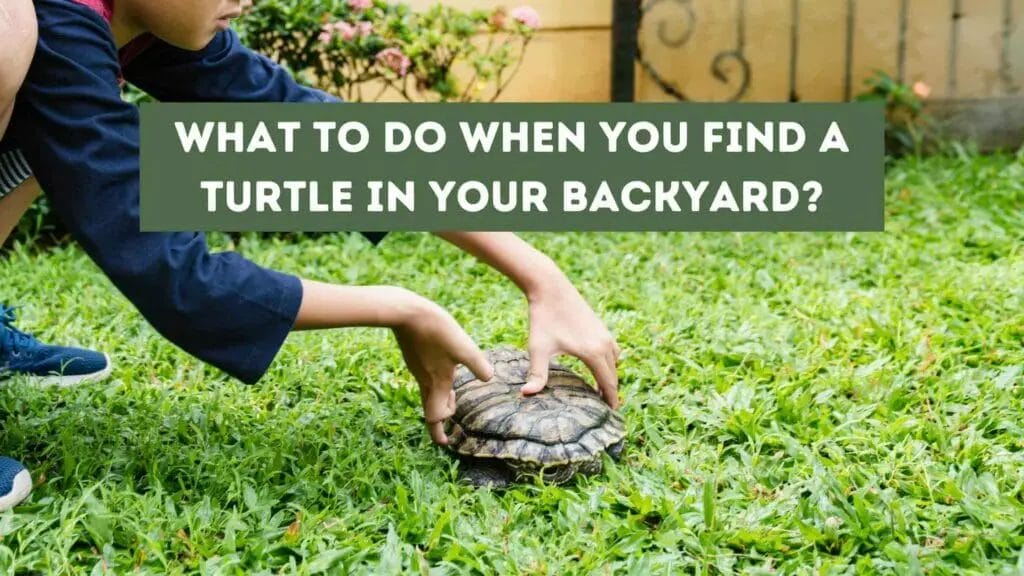
If you’re lucky enough to have a backyard, it’s not uncommon to come across various creatures that have wandered in. One such creature that you may encounter is a turtle. While finding a turtle in your backyard can be exciting, it’s important to know what to do to ensure their safety and wellbeing.
First and foremost, it’s important to identify the species of turtle you have found. Different species have different dietary and habitat needs, so it’s important to know what you’re dealing with. Once you’ve identified the species, you can determine the best course of action. If the turtle appears injured or sick, it’s best to contact a local wildlife rehabilitation center. If the turtle seems healthy, you can help it on its way or provide a safe space for it to stay.
Below, we’ll cover what to do if you find a turtle in your backyard, how to safely handle them, and some tips for creating a turtle-friendly environment in your yard.
Key takeaways:
- When finding a turtle in your backyard, it’s important to identify the species to determine the best course of action.
- Different species of turtles have different dietary and habitat needs.
- If a turtle appears injured or sick, contacting a local wildlife rehabilitation center is recommended.
- Creating a safe habitat and taking measures to deter predators are crucial for turtle safety and protection.
- When handling a turtle, it’s important to be gentle and avoid stressing the animal.
- Relocating a turtle should be done to an area similar to its natural habitat and away from hazards.
- Educating kids and the community about turtle species, their role in the ecosystem, responsible pet ownership, and habitat conservation is beneficial.
Identifying Turtles in Your Backyard
When you find a turtle in your backyard, the first thing you should do is identify the species. Turtles come in all shapes and sizes, and knowing what kind of turtle you’re dealing with can help you determine the best course of action.
One way to identify a turtle is by its physical characteristics. Look at the turtle’s shell or carapace to see if it has any markings or patterns. Some turtles have smooth shells, while others have keeled shells with ridges down the middle. You can also look at the turtle’s head and neck to see if it has any distinctive features, like a snout or a long neck.
Another way to identify a turtle is by its habitat. Different species of turtles prefer different environments, so if you know what kind of turtle habitat is in your backyard, you may be able to narrow down the possibilities. For example, snapping turtles are often found in ponds or other bodies of water, while box turtles are more commonly found in wooded areas.
Here are some common species of turtles you might find in your backyard:
- Snapping turtles: These turtles are known for their powerful jaws and aggressive behavior. They can be found in ponds, lakes, and other bodies of water.
- Box turtles: These turtles have a distinctive box-shaped shell and are often found in wooded areas.
- Pond turtles: There are many different species of pond turtles, but they all share a preference for aquatic environments.
Turtle Safety and Protection
When you find a turtle in your backyard, it’s important to take steps to ensure its safety and protection. Turtles face many threats, including predators, environmental dangers, and injuries. By understanding these risks and taking appropriate measures, you can help protect these fascinating creatures.
Predators and Threats
Turtles have many natural predators, including raccoons, foxes, and birds of prey. In addition, turtles face threats from environmental hazards such as pollution, habitat loss, and climate change. To protect turtles in your backyard, consider creating a safe habitat and taking steps to deter predators. For example, you can install a fence around your yard or use a turtle nest protector cage to keep predators away from nesting sites.
Creating a Safe Habitat
Creating a safe habitat is essential to protecting turtles in your backyard. This includes providing a suitable environment for nesting and hibernation, as well as ensuring that the area is free from hazards such as pesticides and chemicals. To create a safe habitat, consider planting native vegetation, providing a source of water, and avoiding the use of harmful chemicals.
Dealing with Injured Turtles
If you find an injured turtle in your backyard, it’s important to take action to help it heal. In some cases, you may be able to provide first aid to the turtle yourself. For example, if the turtle has a cracked shell, you can use a clean cloth to cover the wound and take it to a vet or animal rescue center as soon as possible. If the turtle is severely injured, it may need to be euthanized to prevent further suffering.
What to Do If You Find a Turtle
If you find a turtle in your backyard, it’s important to know what to do to ensure its safety and well-being. Here are some steps you can take:
Handling Turtles
When handling a turtle, it’s important to be gentle and avoid stressing the animal. Always wash your hands before and after handling a turtle to prevent the spread of disease. If you need to pick up a turtle, do so by holding it gently on either side of its shell, avoiding its head and tail. Never pick up a turtle by its legs or tail, as this can cause serious injury.
Relocating Turtles
If the turtle is in your backyard and you wish to relocate it, make sure to move it to an area that is similar to its natural habitat. Do not release it too close to a road or other hazards. If you have a pond or other body of water nearby, this may be a good place to release the turtle. Make sure to disinfect any tools or surfaces that come into contact with the turtle to prevent the spread of disease.
When to Call a Veterinarian
If the turtle appears injured or sick, it’s important to seek veterinary care as soon as possible. Signs of illness or injury may include lethargy, loss of appetite, difficulty breathing, or unusual behavior. A veterinarian can provide a proper diagnosis and treatment plan to ensure the turtle’s health and well-being.
Creating a Turtle-Friendly Backyard
If you want to attract turtles to your backyard, you need to make sure that your outdoor space is a comfortable and safe habitat for them. Here are some tips on how to create a turtle-friendly backyard.
Pond and Water Features
Turtles love to spend time in the water, so you can attract them to your backyard by creating a pond or adding a water feature. A pond can be any size, but it should be at least 18 inches deep and have a sloping edge to allow turtles to climb in and out easily. You can also add a waterfall or fountain to provide a source of moving water.
Vegetation and Hiding Places
Turtles need vegetation and hiding places to feel safe and secure. You can add plants around the pond or in other areas of your backyard to provide cover. Native plants are the best choice because they are adapted to the local climate and provide food and shelter for turtles. You can also create hiding places like rock piles or log piles for turtles to retreat to.
Lighting and Temperature Control
Turtles need access to both sunlight and shade to regulate their body temperature. You can provide this by placing the pond or water feature in a sunny area and adding shade structures like trees or umbrellas. You can also use UVB lights to provide additional warmth and help turtles produce vitamin D. Make sure to monitor the temperature of the water to ensure that it stays within the range that turtles prefer.
Educating Kids and Community
When it comes to finding a turtle in your backyard, it’s not just about helping the turtle cross the road or moving it to a safer location. It’s also an opportunity to educate kids and the community about these fascinating creatures. Here are some hints and tips to get started:
- Teach kids about different turtle species: There are over 300 species of turtles in the world, and they come in all shapes and sizes. Some are land-dwelling, while others live in water. Take the time to research the turtles in your area and share interesting facts with kids. For example, did you know that the largest turtle in the world is the leatherback sea turtle, which can weigh up to 2,000 pounds (907 kg)?
- Explain the role of turtles in the ecosystem: Turtles play an important role in the ecosystem as both predators and prey. They help keep populations of insects, small animals, and plants in check. They also serve as a food source for larger animals like birds and mammals. By educating kids and the community about the importance of turtles, we can help promote conservation efforts.
- Encourage responsible pet ownership: Many turtles are kept as pets, but it’s important to make sure they are kept in appropriate environments and are not released into the wild. Some species of turtles can carry diseases that can be harmful to native wildlife. Educate kids and the community about the responsibilities of pet ownership and the importance of not introducing non-native species into the ecosystem.
- Promote habitat conservation: Turtles need specific habitats to thrive, whether it’s a wetland, forest, or grassland. By promoting habitat conservation, we can help ensure that turtles have the resources they need to survive. Encourage kids and the community to get involved in local conservation efforts, such as planting native plants or participating in clean-up events.
FAQ: Turtle in The Backyard – What to Do?
What should I do if I find a turtle in my backyard?
If you find a turtle in your backyard, the first thing you should do is observe it from a distance. If you notice that the turtle is injured or in distress, you should contact a local wildlife rehabilitation center for assistance. If the turtle appears to be healthy, you can help it by providing a safe environment and ensuring it has access to food and water.
How do I know if a turtle I found is a pet or wild?
Pet turtles may have identification tags or markings, but wild turtles will not. Additionally, wild turtles will typically have a more rugged appearance and may have algae or other natural growth on their shells. If you’re unsure, it’s best to assume the turtle is wild and leave it alone.
What can I do to help a turtle I found in my yard?
If you find a turtle in your yard, you can help it by providing a safe environment with access to water and food. You can also create a nesting area for female turtles to lay their eggs. However, it’s important to remember that wild turtles should be left alone as much as possible and not handled unless absolutely necessary.
Is it safe to handle a turtle I found in my backyard?
While some turtles may seem friendly, it’s important to remember that they are still wild animals and can carry diseases or become aggressive if they feel threatened. It’s best to avoid handling turtles whenever possible and to contact a wildlife rehabilitation center for assistance if necessary.
What should I feed a turtle I found in my yard?
If you find a turtle in your yard, it’s important to provide it with a diet that matches its natural eating habits. Different species of turtles have different dietary needs, but most turtles will eat a variety of fruits, vegetables, and insects. Avoid feeding turtles processed or sugary foods, as these can be harmful to their health.
Should I release a turtle I found in my yard back into the wild?
If you find a wild turtle in your yard, it’s best to release it back into its natural habitat as soon as possible. However, if the turtle is injured or sick, you should contact a wildlife rehabilitation center for assistance. If you find a pet turtle in your yard, you should try to locate its owner before releasing it back into the wild.



